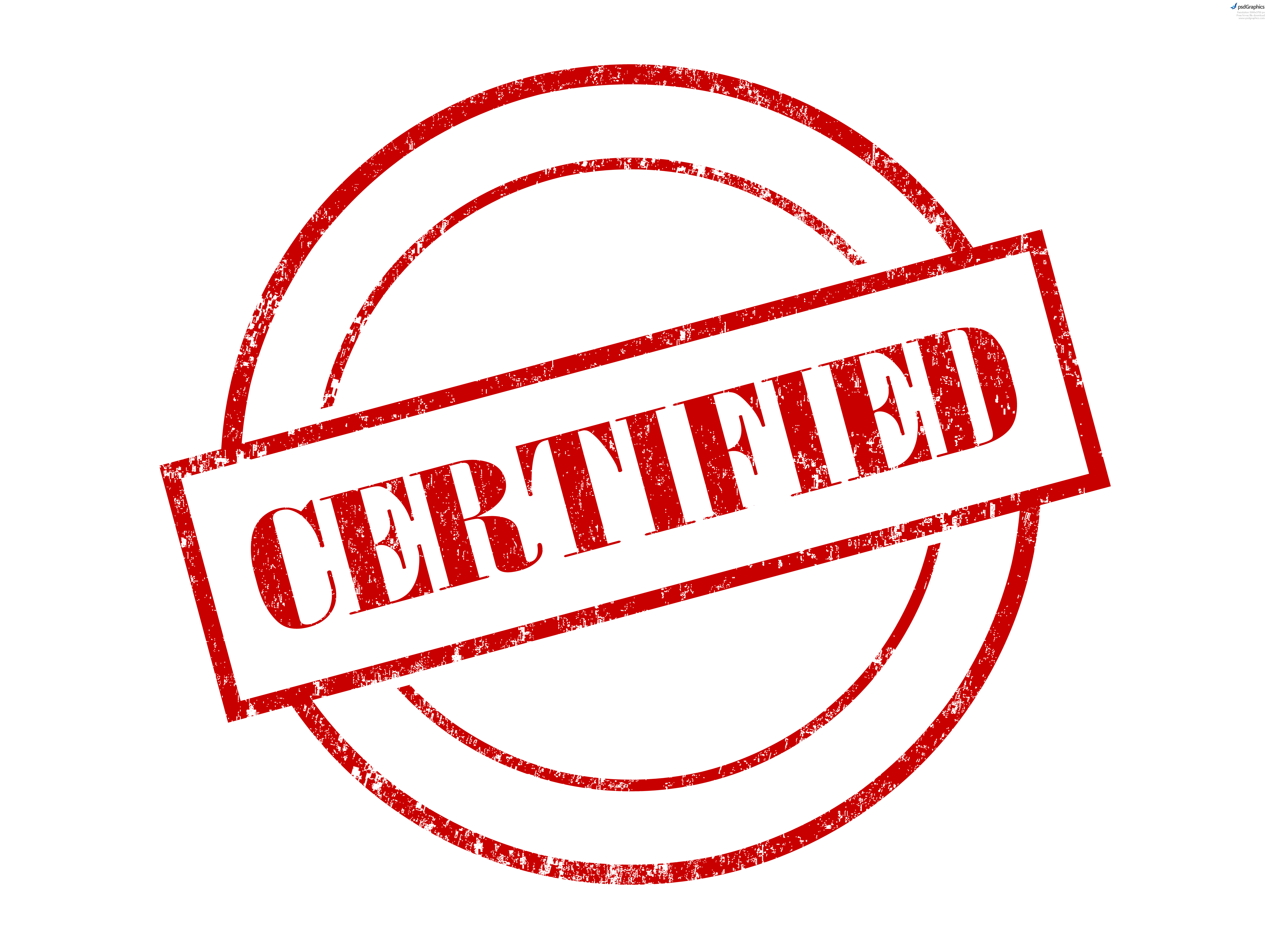A police detective approaches a nurse in a Utah hospital demanding that she draw blood from an unconscious patient. If the nurse followed the police officer’s orders she would have violated hospital policy, not to mention violating patient’s basic rights. The police officer didn’t seem to care and demanded the blood draw anyway and threaten the nurse with arrest. What would you do?
This true story is being circulated through social media and news. See here:
In this case, the nurse did the right thing. She refused to draw blood for the detective despite the threats of arrest. Unfortunately things escalated quickly and the detective pursued the nurse and slapped cuffs on her. The nurse was released within 20 minutes. There is now backlash on the police department, the detective and co-workers. Its been said that there are two courts. One presided over by a judge and jury, the other is the court of public opinion. Read the comments on the video and can see the court of public opinion in full swing.
We may be astonished to see these events unfold on video. Unfortunately the scenario of having to stand up for the right thing in the workplace is not new. According to a University of Boulder Colorado study, standing up to authority is the most commonly reported exhibits of courage.
According to research, here is the scoop on courage:
- Courage is not a personality trait. Courage is behavior that can be learned.
- Courage is social. We may identify with the victim and or feel more powerful than others in the same position.
There are different types of courage:
- Standing up to authority
- Uncovering mistakes,
- Protecting those in need,
- Withstanding structuring uncertainty
Essentially these boil down to taking a stance on a problem with no real solution and facing potential implications.
When faced with danger or wrongdoing in the workplace how do people tend to respond?
- People tend to first ask themselves if they have a duty to act. Their attachment to the victim or level of power in the workplace often influences this decision.
- Once responsibility is determined people will then assess the costs of behaving with courage such as job security and professional relationships.
If the issue is pervasive enough according to the study people will move forward with acts of courage despite anticipated costs.
Defeat the dragon: 5 steps to developing courage in the workplace:
- Understand the “why”: It’s the “why” that compels you to leave your comfort zone and take action. Understand the true cost of taking no action. In the case of the nurse, not only could she have lost her job for violating hospital policy but also basic patient rights and trust the hospital established in the community could be compromised.
- Challenge your assumptions: We tend to overestimate the probability of things will go wrong. Ask yourself, if I take action will a fire breathing dragon come and devour me? Um no… and probably not to the many stories we tell ourselves. Trust me, I know the fear of losing a job or other possibilities seem very real and paralyze even the most seasoned executive. I’m no exception to that rule. But it’s thinking of the why that will help you overcome even the most realistic of dragons regardless of outcome. Even our heroic nurse felt what its like to have the cold handcuffs on her wrists, but in the end overcame the situation.
- Defeat the inner critic: We’ve all heard them. You know what I mean, the negative thoughts that creep into our minds. The thoughts that tell us we aren’t smart enough, this could be embarrassing, or what if you mess up? Or even, “what if I’m alone and no one else cares or will stand up with me?” Here is the key: When those creepy thoughts whisper in your ear, think about the why.
- Make a plan: Develop a plan to take on the dragon. One will need to study the situation and find its weaknesses, put on armor (determine alternatives, develop what ifs) and devise a strategy.
- Embrace and learn from failure: Let’s face it not all things turn out the way we plan. But if failure to defeat the dragon the first time results, ask, “what can I learn?” and “what should I try next?”
Margie Warrell, author of the book, “Brave” tells us, “Don’t wait until you feel brave before you start acting as though you are.”
Is it time to get your bravery on?
Latest posts by Tresha Moreland (see all)
- Overcoming Career and Life Plateaus - April 13, 2024
- How HR Strategies Can Revitalize Customer Service Excellence Post-Pandemic - April 11, 2024
- Best Practices for Remote Effective Communication - April 9, 2024














The detective’s partner tried to “reason” with the nurse (while she was handcuffed and sitting in the police car — disadvantage position).
His position: just comply and let the courts figure it out later. Only trouble: by complying she would have violated the patient’s constitutional rights. Setting aside the resulting lawsuits, it’s a civil rights violation that can’t be walked back.
She wasn’t arguing a speeding ticket.